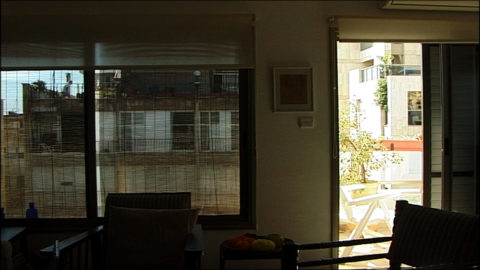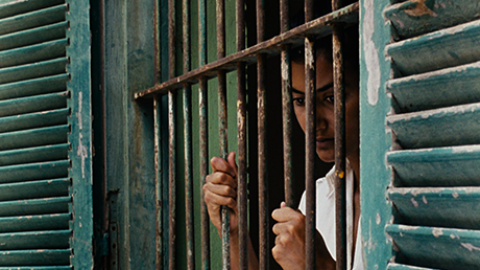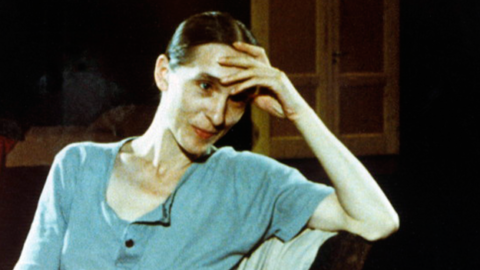Over There: Chantal Akerman presents From the Other Side at FIAF

“They have stories to tell… unfortunately,” said Chantal Akerman after a screening of her 2002 documentary From the Other Side (De l’autre côté) last Thursday at the French Institute Alliance Française in New York. “Unfortunately,” because the stories Akerman hears in the film are about death in the desert—the final resting place of Mexicans desperate for work who perished crossing into the United States.
Perched cross-legged on her chair onstage at FIAF (next to CUNY professor Jerry W. Carlson), Akerman sketched out the hybrid techniques and historical thinking that went into the movie. From the Other Side forms part of her cycle of nonfiction films about the experience of displacement and borders, sharing titles denoting only direction—Sud, D’Est, Là-bas.

In From the Other Side, Akerman listens to Mexicans talking about relatives who disappeared, and Arizonans talking about the influx of illegal immigrants. The film is built out of interviews (in a doorway, a yard, an office, a restaurant), and long takes of dusty, flat border towns, frequently covered through car-borne tracking shots that recall the 10th Avenue trek in News from Home (77). U.S. helicopter night-vision footage is used briefly to show a line of people attempting to cross illegally, caught only as mute ghostly silhouettes.
“Sometimes the absence is stronger than the presence. It means more,” Akerman said to the audience, later invoking the representation of Jews in Resnais’s Night and Fog. The post-screening session, in fact, began with the filmmaker mentioning that anti-immigration cant pricked up her ears with its echoes of rhetoric used historically against Jews. “Everyone who is ‘dirty’ does interest me,” she said, later talking about the resonance of the border’s barbed-wired walls.
The filmmaker demonstrates her skill as a compassionate interviewer, planting us across from both sad and stoic relatives, Americans voicing outsized September 11th paranoia, even an overwhelmed Mexican consular official. “I have always had good contact with people. They always want to talk to me,” Akerman said. “I just let them exist, and probably they feel it.” In one extraordinary sequence, an illegal immigrant reads out a proud, pained statement at a cafeteria table of his companions—a moment that came about at the man’s request. “You have to be really like a sponge when you make a documentary.”
By contrast, the film’s concluding monologue, delivered in voiceover over nighttime highway footage, was the director’s own creation. Akerman voices recollections about a middle-aged Mexican maid who made it to San Diego, secured work, but one day disappeared.

“It’s totally fictional but it could have been true,” she said. “There is not such a wall between documentary and fiction. It can be porous.”
Taken together, Akerman’s comments reveal a mind working at multiple levels of reference and abstraction, rather than a fiction filmmaker sojourning in issue-oriented documentary. The border wall, for example, is in her estimation “more powerful and less anecdotical than some people walking.” A lengthy drive-by tracking shot of the wall’s expanse “becomes concrete, and abstract, and again concrete.”
“Long shots make you feel the journey,” Akerman said. “With those shots, you cannot forget them—because I insist. . . You have them in your body.”
From the Other Side is now available on DVD from Icarus Films, as well as through Amazon Instant Video.






